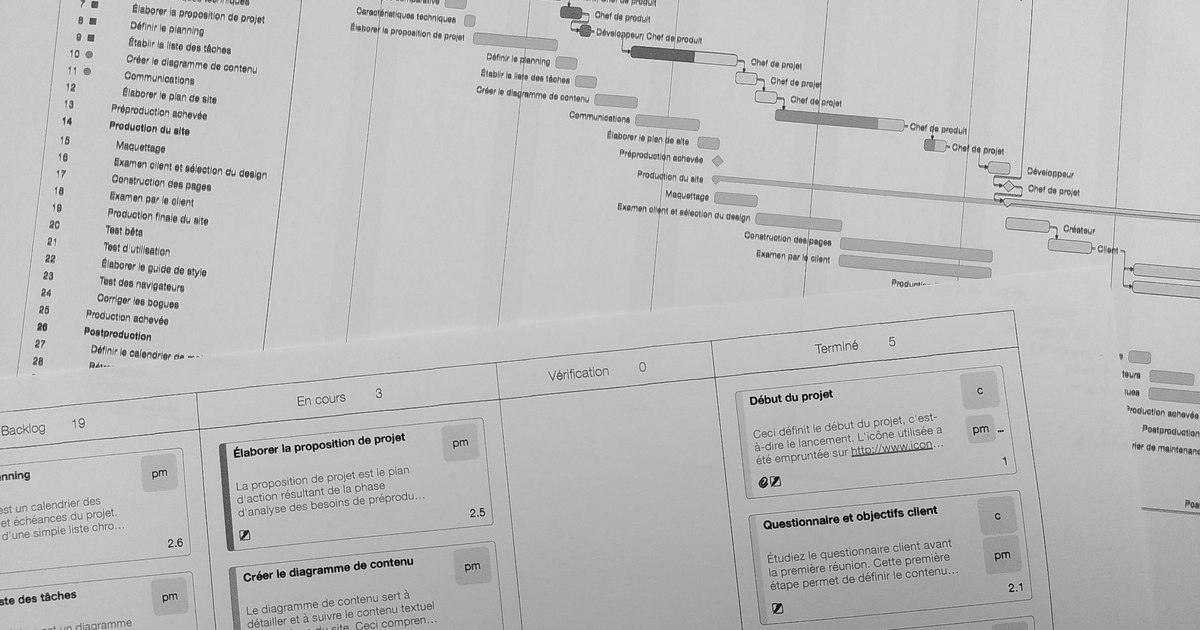5 steps to choosing the right deadline management tool

One of the keys to successful projects is controlling deadlines. This requires good planning and coordination of the work needed to deliver the final results expected at the end of the project.
Here are the 5 steps I use to keep my project deadlines under control.
- Determining the complexity of the project. An uncomplicated project is one where the strategic stakes are relatively low, the entire project lasts from a few weeks to a few months, the team consists of a few known people, the environment is known and the budget is a few thousand francs at most. A complex project is one in which one or more of its parameters is strong or high.
- Determine the predictability of the project. A predictable project is one where you can easily determine the course, activities, costs, stakeholders and risks before the project starts. A poorly predictable project is one in which one or more of its parameters is difficult to estimate in advance.
- Understanding the project environment. The choice of project management method and planning tools depends on the organisation’s environment. It depends, for example, on the tools already in use, established procedures, IT security rules or licence costs. The choice also depends on the habits and skills of the team.
- Choosing the management method. Depending on the predictability and the environment, you can determine whether the most appropriate method is an agile method (e.g. SCRUM), a predictive method (e.g. Hermes, IPMA, PMBOK) or a versatile approach such as Circular Project Management, which allows both approaches.
- Choosing the scheduling tool. For less complex projects, I make do with a list of tasks and a summary schedule, or even a few key milestones. For projects that follow an agile approach, I use a phase plan and Kanban boards. Finally, for complex projects that follow a predictive approach, I use a specialised planning tool (e.g. Merlin Project, Microsoft Project). There are a wide variety of IT tools available for planning projects: tools offering Kanban (e.g. Trello, WeKan, OpenProject), tools specialising in Gantt charts (e.g. GanttProject, ProjectLibre, Microsoft Project) or multi-functional tools (e.g. Jira, Asana). At Prefix, I use Merlin Project, a very comprehensive tool that can be used to display work in the form of both Kanban boards and Gantt charts.
